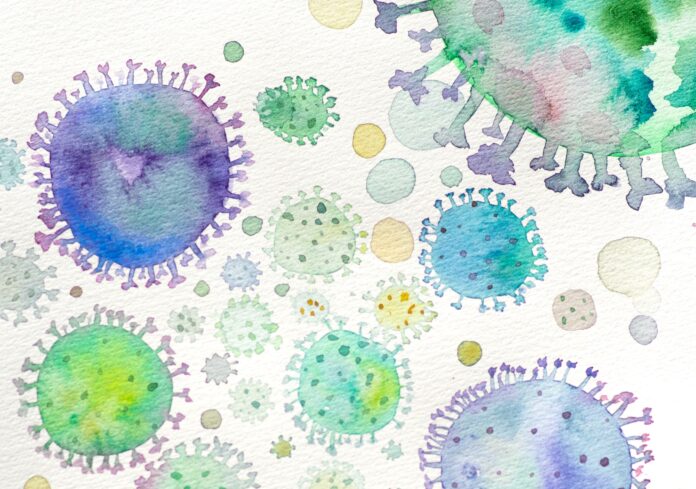A new Houston Methodist study shows a rapid return of seasonal respiratory viruses after COVID-19 restrictions were relaxed in Texas, demonstrating the apparent effectiveness of masking, distancing and other precautionary measures at stopping the spread of respiratory illnesses.
This rise in non-COVID respiratory viruses to pre-pandemic levels comes on the heels of Texas ending its mask mandate in early March and lifting restrictions on businesses, which can now operate at 100% capacity. Further contributing to the spike in cases were the updated COVID-19 guidelines from the CDC in mid-May that gave the fully vaccinated license to resume activities without masks or distancing.
Given the immediate community impact of these findings, the report was posted on the preprint server medRxiv. The manuscript, titled “The rapid reemergence of seasonal respiratory viruses in Houston, Texas, after relaxing COVID-19 restrictions,” has also been submitted for peer-review to a medical journal. S. Wesley Long, M.D., Ph.D., medical director of diagnostic microbiology at Houston Methodist, is the corresponding author on the study.
“This sharp resurgence we’re seeing of seasonal respiratory viruses in Houston is not surprising now that mask mandates have been lifted in Texas, and other precautions, such as social distancing and occupancy limits in stores, restaurants and events, have been removed.” Long said. “Reports of non-COVID respiratory viral illnesses surging after COVID restrictions are lifted has been reported in Australia and elsewhere, and we’re now starting to see it happen in the U.S.”
After noticing a recent cluster of seasonal non-COVID coronavirus infections diagnosed at Houston Methodist, Long and his team pulled the data for the respiratory pathogens in Houston. They found that while rhinovirus and enterovirus infections started to rebound in the fall after the capacity limits for bars and restaurants were relaxed in Texas, the seasonal non-COVID coronaviruses, parainfluenza and even respiratory syncytial virus (RSV) are showing robust increases in cases over the last two months.
The study’s series of histograms illustrates the striking ebb and flow of non-COVID respiratory virus diagnoses in Houston through each stage of precautionary measures being enacted and relaxed. Most notably, cases of parainfluenza, a common virus that can cause respiratory illnesses, such as colds, bronchitis, croup and pneumonia, rose by 424% from March to April, continuing to increase 189% from April through May 25. Seasonal coronaviruses, which usually appear in the winter and tend to decline in March, increased by 211% from March to April and continued to increase in May. Rhinovirus and enterovirus cases increased 85% from March to April, and RSV cases increased 166% by May 25 when compared to April.
Long said these peaks are out of season and have been increasing since Texas removed its final COVID-19 restrictions in March. He notes similar increases have been seen elsewhere, notably RSV in Australia, after COVID-19 measures were relaxed there.
“For more than a year, COVID-19 was the primary cause of respiratory illness in the U.S., but now as we relax restrictions, it is important for clinicians to consider other respiratory pathogens may be causing spikes in disease outside of their usual seasonal peaks,” Long said.
This news is especially concerning to infectious disease experts, as they anticipate many individuals likely decided to opt out of masking and opt in to gathering rather than distancing this past Memorial Day weekend in response to the recent relaxation of governmental guidelines and mandates.
“The study clearly demonstrates the utility of masks and social distancing and the effect these non-pharmacologic precautions had on suppressing all respiratory viruses, not just COVID-19,” he said.
Story Credit: Houston Methodist/Newswise
Photo Credit: Elena Mozhvilo/Unsplash



































